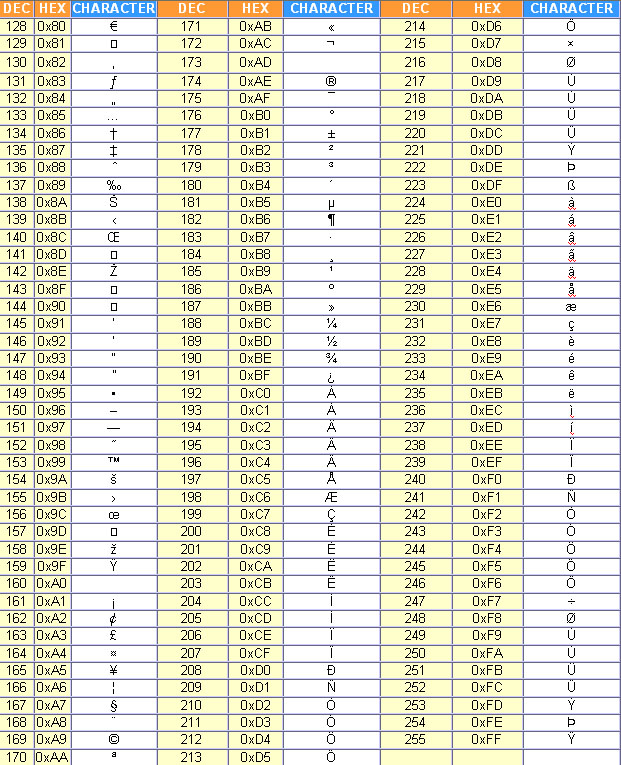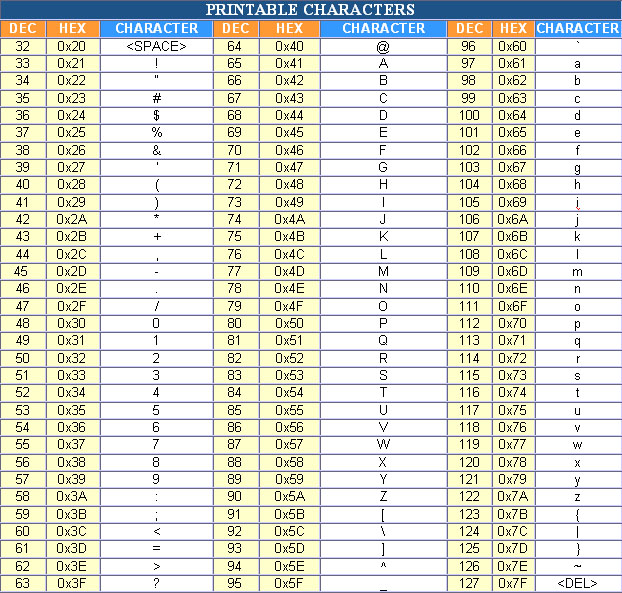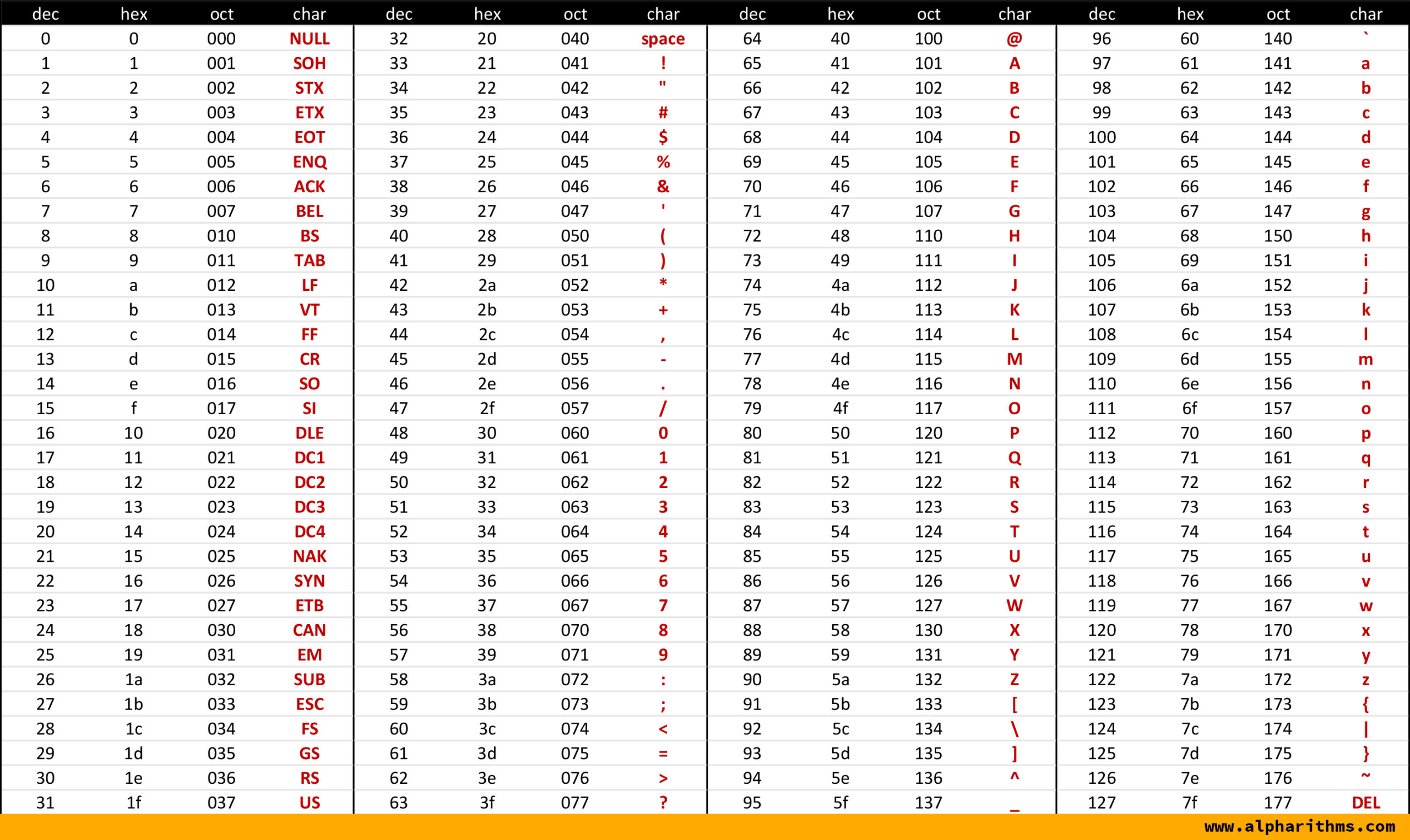As a black person, I am proud to celebrate the rich and diverse history of computing. One aspect of this history that often goes unnoticed is the ASCII table. This table is a fundamental tool in computer programming and has played a crucial role in shaping the digital landscape we see today.
ASCII: A Universal Language
 The ASCII table serves as a bridge between humans and computers, enabling us to communicate in a language that both can understand. It stands for the American Standard Code for Information Interchange and was first published in 1963. Developed in the United States, ASCII quickly became a universal standard, universally adopted by computer systems worldwide.
The ASCII table serves as a bridge between humans and computers, enabling us to communicate in a language that both can understand. It stands for the American Standard Code for Information Interchange and was first published in 1963. Developed in the United States, ASCII quickly became a universal standard, universally adopted by computer systems worldwide.
At its core, ASCII consists of 128 characters, each assigned a numerical value between 0 and 127. These characters include uppercase and lowercase letters, numerals, symbols, control characters, and whitespace. The simplicity of ASCII made it an ideal coding system for early computer architectures, which had limited memory and processing capabilities.
 Extended ASCII: Expanding the Possibilities
Extended ASCII: Expanding the Possibilities
Over time, as technology advanced, the need for additional characters arose. This led to the development of Extended ASCII, which expanded the character set from 128 to 256. The additional characters include special symbols, currency symbols, accented letters, and various diacritical marks.
With Extended ASCII, computer programmers were able to incorporate a wider range of characters in their applications, making text-based interfaces more expressive and user-friendly.
 Practical Applications of ASCII
Practical Applications of ASCII
The ASCII table has countless practical applications in computer programming. It is the foundation for encoding and representing text in various file formats, communication protocols, and programming languages.
Additionally, ASCII plays a critical role in data storage and transmission. When you send an email, the text is encoded using ASCII values to represent characters, ensuring that the recipient’s computer can interpret and display the message accurately.
 Accessibility and Inclusivity
Accessibility and Inclusivity
One of the significant advantages of ASCII is its accessibility and inclusivity. Regardless of race, ethnicity, or nationality, the ASCII table provides a universal language that breaks down barriers and fosters collaboration.
The ASCII table has been instrumental in promoting diversity in technology by ensuring that anyone can participate and contribute to the digital world. It highlights the fact that talent and innovation are not confined to any particular community or background.
 Embracing the Legacy
Embracing the Legacy
As we continue to advance technologically, it is essential not to forget the foundation on which our digital world stands. The ASCII table remains a testament to the power of collaboration, simplicity, and inclusivity. It reminds us that technology is for everyone, regardless of their background.
So the next time you encounter an ASCII table, take a moment to appreciate the rich history it represents. From its humble beginnings to its universal adoption, the ASCII table continues to shape our digital landscape in ways we may not always realize.
 Conclusion
Conclusion
As a black person in the world of technology, I am proud to appreciate the significance of the ASCII table. It is a tool that transcends borders and cultures, enabling us to communicate, create, and collaborate seamlessly. Let us cherish the contributions made by the ASCII table and continue to work towards a more inclusive and diverse tech industry.
 References:
References:
- Wikipedia: ASCII
- Bournetocode: Character Encoding
- Alpharithms: ASCII Table Reference & Guide
- Github: ASCII Table by Tom Gibara
This is a celebration of the ASCII table and its impact on computing, not to mention the countless contributions of black individuals to the field. Let us continue to embrace and appreciate the rich tapestry of diversity in technology.